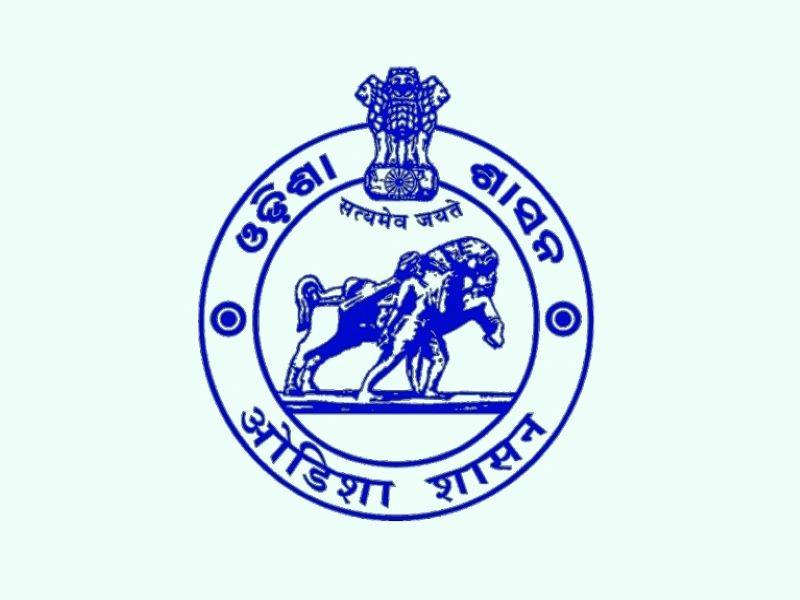
The Odisha government has launched a scheme 'Balaram' to provide agricultural credit of Rs 1,040 crore to landless farmers who are facing hardships due to the coronavirus outbreak, officials said on July 3.
During a high-level meeting at the Lok Seva Bhavan today, Chief Secretary AsitTripathy directed to extend credit facility to the landless farmers based on ‘social collateral’ through joint liability groups (JLGs). Tripathy further directed to workout appropriate institutional mechanism for coordination and monitoring at different levels and around seven lakh landless cultivators will be benefited from the programme in the next two years.
The landless farmers, who were not to avail the farm credit earlier, will get loans through joint liability groups which will act as 'social collateral', Agriculture and Farmers Empowerment Secretary, Sourabh Garg said.
The scheme was designed in collaboration with the National Bank for Agriculture and Rural Development (NABARD), he said, adding that the village agriculture workers will implement the programme at the field level.The chief secretary also directed officials to work out an appropriate institutional mechanism for coordination and monitoring at different levels.
"Extending credit to the cultivators will be a firm step towards enhancing productivity in the agricultural sector," he said.

Principal Secretary Finance A K Meena asked officials to mobilise the banking sector through the State Level Bankers' Committee (SLBC) for extending credit support to the landless cultivators and ‘bhag-chasis’ (sharecroppers) who generally remain out of the credit fold.
Two state-run organisations; the Institute on Management of Agricultural Extension (IMAGE) and the Agricultural Technology Management Agency (ATMA) will be the nodal agencies at the state and district levels respectively for implementation of the scheme.
The Government has decided to incentivize the KrushakSathis and VAWs through ATMA for the formation of JLGs (Joint Liability Groups), linking them to the banks, mobilizing disbursal of credit and facilitating repayment of the loan.
Each bank would finance at least 10 JLGs in a year. There are around 7000 branches of different banks and PACS in rural and semi-urban areas. Each JLG would have five members. Each group could be extended the loan up to Rs 1.60 lakh.Each lender will finance at least 10 JLGs in a year, he said, adding that there are around 7,000 branches of different banks and the Primary Agriculture Cooperative Societies (PACS) in rural and semi-urban areas.
"Each JLG will have five members and one group will get Rs 1.6 lakh. The target is to cover around seven, lakh landless, cultivators through 1.40 lakh JLGs within two years," he said.















